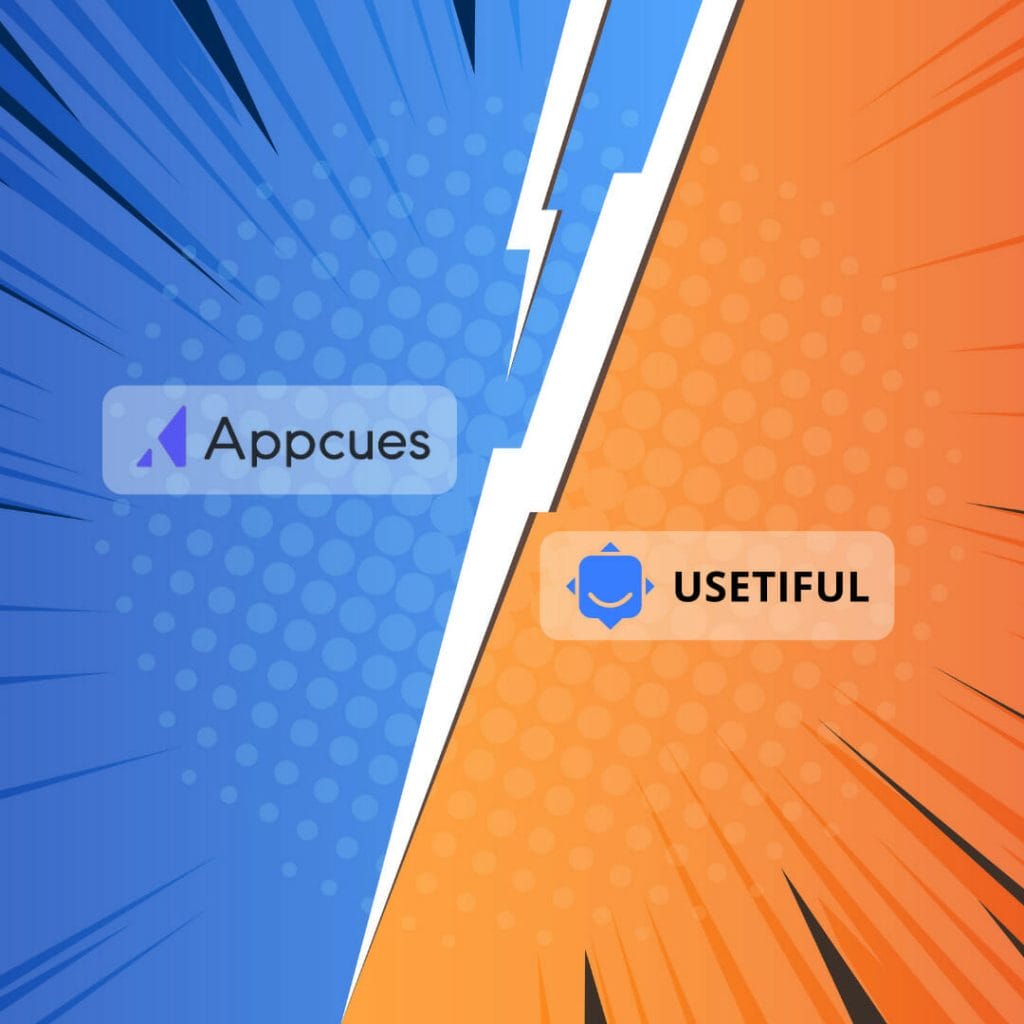In today’s fast-paced world, businesses and individuals alike are always on the lookout for the most efficient tools to manage their projects and data. One such comparison that demands attention is between Retable and Airtable, two popular project management and collaboration platforms. This article delves into a comprehensive comparison of these two tools to help you make an informed decision on which software suits your needs best.
Retable and Airtable offer an array of features aimed at simplifying the way teams collaborate on projects, store data, and manage their workflows. Both platforms allow users to create customizable databases, integrate with other software, and automate tasks for seamless management. However, it is essential to carefully analyze their respective unique features, pricing, user experience, and customer support to determine the ideal fit for you and your organization.
As we proceed with this comparison review, we will explore aspects such as ease of use, customizability, automation capabilities, and integration options for both Retable and Airtable. This impartial analysis will empower you to choose the right tool that aligns with your project management requirements and drives the success of your collaborations and workflows.
About Retable

Retable is a powerful and versatile project management tool designed to make team collaboration and data sharing more efficient and seamless. It offers an array of features tailored to support various organizational needs, ranging from start-ups to large enterprises. Retable enables real-time collaboration in its user-friendly interface, which allows team members to work together on projects and tasks more effectively.
One of the key features that sets Retable apart is its advanced automations, which help eliminate manual work and streamline processes. This is particularly useful for cutting down on repeated tasks and for improving efficiency and productivity within a team. Moreover, Retable offers customizable options, including field types, views, and reports, which can be tailored to your specific needs. This enables you to create the perfect workspace that matches your team’s requirements.
In terms of integrations, Retable can connect with various popular applications such as Slack, Trello, and Asana, helping businesses to further streamline their workflow. This tool provides a simpler and more cost-effective alternative to other platforms, such as Airtable, for businesses looking for project management and collaboration tools that don’t break the bank.
The user community for Retable is still emerging, but those who have tried it commend the tool for its cost-effectiveness, along with its versatility. Moving over from other applications like Microsoft Excel and Airtable, users seem satisfied with the functionality that Retable offers, while also coming at a more affordable price point. In comparison to Airtable, many users cite price as the primary reason for switching to Retable.
About Airtable

Airtable is a versatile and easy-to-use cloud-based project management software that caters to teams looking for an efficient way to store, organize and collaborate on structured data. With its real-time database functionality, Airtable enables creative professionals, marketing teams, and businesses to manage complex projects, streamline workflows, and keep track of valuable information.
One of the key features that sets Airtable apart is its user-friendly interface, which resembles a spreadsheet but has comprehensive database capabilities. Users can create and customize tables tailored to their specific needs, including columns for text, numbers, dates, and more. Airtable also offers various pre-built templates, covering a wide range of use cases, from content planning and sales leads tracking to inventory management and event planning.
Airtable supports robust collaboration functionality, enabling teams to work together seamlessly without hindrance. Users can add comments, mention teammates, and attach documents directly to records, fostering open communication and efficient project management. Additionally, Airtable’s powerful API allows integration with a plethora of popular tools such as Slack, Trello, and Google services to further streamline workflows and enhance productivity.
In terms of pricing, Airtable offers a free tier for basic usage and multiple subscription plans catering to different business sizes and needs source. This flexibility in pricing makes it an attractive option for businesses looking for a scalable solution as they grow. Moreover, Airtable strives to provide continuous updates and improvements to its platform, ensuring that the software remains relevant and powerful in the ever-evolving landscape of project management tools.
Round 1: Best UX

When comparing Retable and Airtable, both platforms aim to provide users with a user-friendly interface and efficient workflow management. Retable presents itself as an alternative to Airtable focusing on team and role management, customizable public forms, and real-time team collaboration.
Airtable, on the other hand, is known for its flexibility and powerful database functionalities combined with a spreadsheet-like interface. This allows users to easily structure and organize their data with features such as kanban boards, gallery layouts, and calendar views.
In terms of user interface, both Retable and Airtable offer intuitive designs to suit different user requirements. Airtable provides a more visually pleasing interface with customizable views and a vast collection of templates, making it easy for users to quickly create and visualize their data. Retable, while having a more simplified look, emphasizes collaboration and real-time team communication as a primary focus.
Performance-wise, both platforms deliver a stable and responsive experience, allowing users to swiftly navigate and edit their data. However, depending on the complexity and size of the datasets, users may find one to be more efficient than the other, based on their individual needs.
Workflow management is an essential aspect of both Retable and Airtable. While Airtable facilitates automation with extensive integration and third-party app support, Retable’s strength lies in its simplicity and ease of use for managing tasks and communication among team members.
Regarding collaborators, Airtable allows users to share their workspaces with others, granting various permissions and access levels for an effective collaboration experience. Retable similarly supports team collaboration with role-based access and no user-based subscriptions, streamlining collaboration for teams on a budget.
In this round, choosing between Airtable and Retable for the best UX comes down to individual preferences and needs. Users seeking a visually appealing interface with extensive customization and integration options might lean towards Airtable, while those prioritizing team collaboration and simplicity may find Retable more suitable.
Round 2: Features Comparison

Airtable and Retable both offer impressive features to help users manage their projects and data with flexibility, efficiency, and ease. In this section, we will compare the features of both tools to help you make an informed decision.
When it comes to database management, both Airtable and Retable shine. They allow users to create, customize, and manage their databases efficiently with an array of field types and versatile table structures. Users can easily visualize their data in different views like grid view, gallery view, and Kanban view, making it convenient to monitor and manipulate the information.
Integration is a crucial aspect of modern software, and both platforms excel in this domain. Airtable provides a wide range of native third-party integrations, including popular apps like Slack, Trello, and Zapier. On the other hand, Forbes mentions that Retable also offers integrations, ensuring seamless data flow and a connected workflow across various tools.
Collaboration is an essential feature for any project management tool, and both Airtable and Retable support real-time collaboration. Teams can work together simultaneously, leave comments, and track changes. Additionally, both platforms offer role management features to ensure team members have appropriate access and permissions within the workspace.
For users who are looking for powerful spreadsheet functionality, both platforms deliver. They come with customized fields, pivot tables, and advanced data management features. Users can easily track, filter, and organize their data using the intuitive interfaces, making it ideal for various use cases and industries.
Automation is a major selling point for both tools, allowing users to create automated workflows to boost efficiency and reduce manual work. By utilizing built-in automation features or integrating with external automation services like Zapier, users can streamline their processes and save considerable time and effort.
In terms of project management, both Airtable and Retable provide features like task assignment, status tracking, and project timelines. Users can benefit from the multiple view options, such as Kanban and calendar views, to visualize, manage, and stay on top of their tasks and deadlines.
Taking a closer look at the interface, Slashdot reports that both Airtable and Retable have visually appealing and user-friendly interfaces. They offer options to create templates, making it easy for users to set up new projects quickly. While there might be slight variations in their design approach, both tools prioritize user experience.
Lastly, reporting is another area where both platforms provide value. Users can generate and customize reports to visualize their data, enabling them to make data-driven decisions.
In summary, Airtable and Retable both offer robust feature sets to address a wide range of users’ needs. While they share similar capabilities, the optimal choice will depend on the users’ specific requirements, preferences, and budgets.
Round 3: Price

When comparing Airtable and Retable, pricing is an essential factor to consider. Both platforms offer a range of pricing plans to accommodate different users’ needs.
Airtable provides a free plan with essential features such as unlimited bases, 1,200 records per base, and 2GB of attachment space per base. Paid plans start from the Plus plan, which costs $10 per user per month and offers additional features, such as unlimited records, 5 GB of attachment space, and more. The Pro plan ($20 per user per month) and Enterprise plan (custom pricing) are also available with more advanced features and options.
On the other hand, Retable doesn’t have a free plan, but it does offer a starting price that is competitive. The Basic plan starts at $5 per user per month and includes features like custom templates and integrations. For more comprehensive features, Retable’s Pro plan costs $15 per user per month, while their Enterprise plan offers custom pricing for larger organizations.
In terms of affordability, Airtable has the advantage of providing a free plan, which makes it accessible to businesses with limited budgets. Additionally, their paid plans also have competitive prices, starting at just $10 per user per month.
Retable, while lacking a free plan, offers a low starting price of only $5 per user per month for its Basic plan. It can be a suitable choice for users who prioritize specific features in their collaboration tool.
It is essential for potential users to research and compare features, pricing plans, and each platform’s value proposition in order to make an informed decision that best fits their requirements and budget.
Battle Decision: Retable Winner

When it comes to project management tools, both Retable and Airtable offer a variety of features and capabilities. However, Retable emerges as a more efficient solution in multiple aspects, making it the winner in this battle.
One significant advantage of Retable over Airtable is its ease of use for data management. Retable enables users to manage records smoothly with intuitive editors and visually appealing graphs. Its highly customizable interface allows users the flexibility to tailor their workspaces according to their needs. Additionally, Retable offers a variety of templates that can help streamline project management and data analysis, making it an attractive choice for teams seeking a powerful tool.
A relevant feature that sets Retable apart from Airtable is the Timeline View. This unique functionality makes it significantly easier for users to track the progress of projects over time, enhancing overall project management efficiency. Furthermore, Retable provides certification options, allowing users to gain valuable skills and advance their careers.
Another important aspect to consider is data analysis capabilities. Retable offers powerful tools for analyzing and visualizing data, making it a versatile option for businesses looking to extract meaningful insights. Coupled with features such as storage space and revision history, Retable provides a comprehensive solution for managing data effectively.
Lastly, Retable also offers a free version, making it accessible to businesses of all sizes. This feature alone demonstrates the company’s commitment to providing the best project management software for its users. With its array of powerful features and user-friendly design, Retable undoubtedly emerges as the winner in this SaaS battle.



